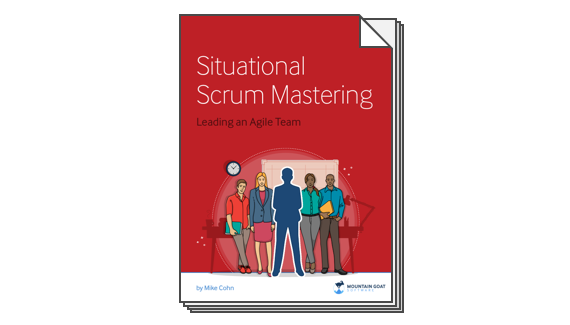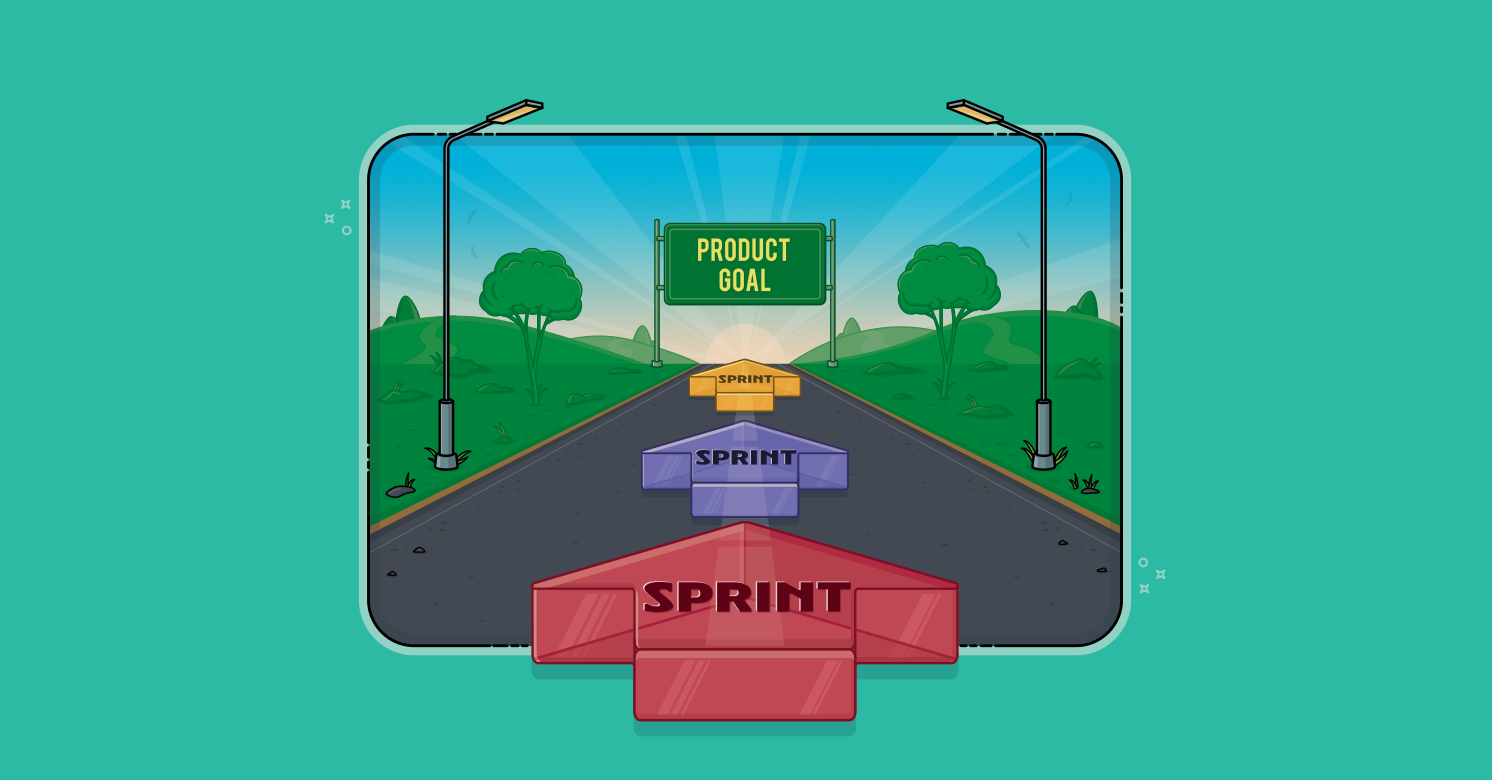It is a generally accepted Scrum dictum that one of the Scrum Master's duties is to protect the team. The usual example is that the Scrum Master must protect the team from an overly aggressive product owner. There is nothing wrong with this example and many teams do need to be protected from a product owner whose desire for more functionality can push the team into cutting quality corners.
However, a good Scrum Master also protects the Scrum team from a problem that can be even more harmful: complacency. After achieving some easy, early improvement from Scrum, some agile teams become self-satisfied. They stop seeking further improvements. It is up to the Scrum Masters of those teams to protect them from this complacency.
So, a good Scrum Master will occasionally have to stand up to an aggressive product owner and say, "Now is not the time to push this team any harder. They're working as hard as they can and if pushed more, they're likely to get sloppy."
But my advice to good ScrumMasters is that for each time they say this, they should later tell the product owner something like, "Now's the time. The team is rested. They're ready. Let's see what they can do. It's time to push them for more."
If you're a Scrum Master, be sure to protect your team from both types of problem.
Last update: October 4th, 2022








